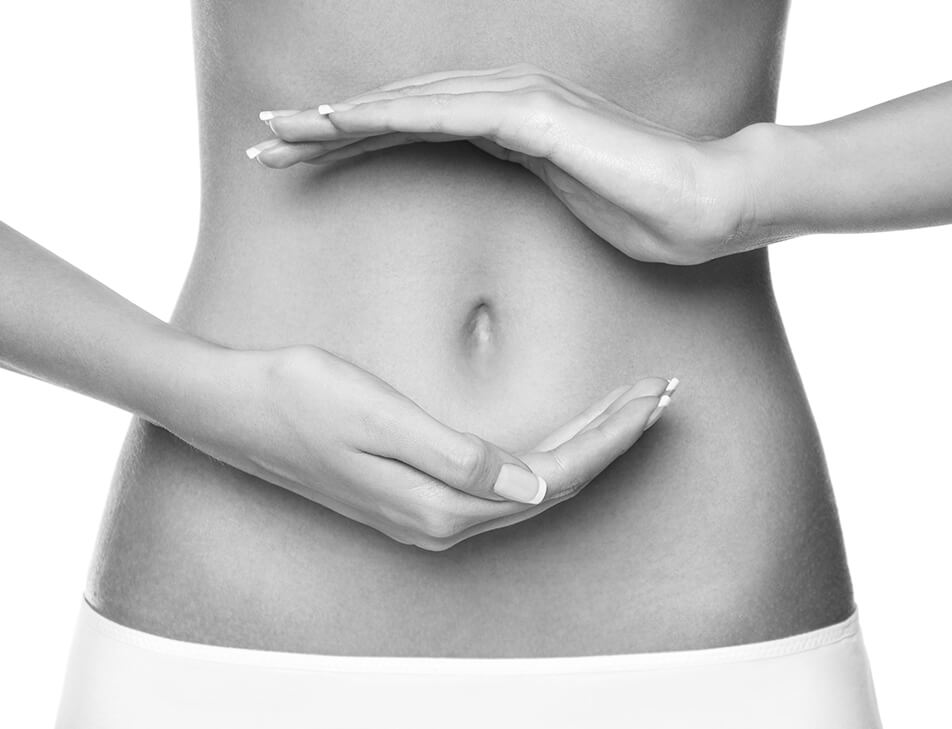Saddlebags

Saddlebags Treatment
Freezing Fat Cells Is an Effective Treatment for 'Saddlebags'.
A nonsurgical procedure called cryolipolysis, which eliminates fat cells by freezing them, is a safe and effective treatment of excess fat deposits on the outer thighs, or "saddlebags," reports a study in the July issue of Plastic and Reconstructive Surgery®, the official medical journal of the American Society of Plastic Surgeons (ASPS).

"Cryolipolysis, a noninvasive technique, is a good alternative to liposuction in women with moderate, well-localized saddlebags," said Barbara Hersant, MD, of Henri Mondor Hospital, Creteil, France. The researchers report their experience using cryolipolysis to treat saddlebags of the hips or outer thighs in 48 women.
'Freezing' Safely Eliminates Saddlebag Fat
Cryolipolysis is an FDA-approved procedure that works by destroying cold-sensitive subcutaneous fat cells (adipocytes). Cells disappear gradually through a process of inflammation, starting within a few days after the procedure and continuing for several months. The cryolipolysis procedure is often called fat freezing.
Cryolipolysis has become a popular technique for treating problem fat areas such as belly fat and "love handles." However, it has received less attention for saddlebags, which are more often treated by liposuction. Dr. Hersant said saddlebags are a genetic or "constitutional" type of fat. Although saddlebags increase with age, they are not much affected by the usual measures of diet and exercise.
In the 48 treated cases, the researchers found cryolipolysis highly effective in reducing saddlebags. The women's thigh circumference decreased by an average of about one inch three months after the procedure and by about two inches at six months. These measurements corresponded to gradual reductions in the subcutaneous (under the skin) fat layer in the hip area, as measured by ultrasound, by about 28 percent at three months and 38.5 percent at six months.
Cryolipolysis Side Effects
Cryolipolysis had generally mild and temporary side effects, with no serious complications. Average pain score after the procedure was less than two on a 10-point scale. Redness and warmth (erythema) in the treated area resolved after an average of 15 hours. About eight percent of patients experienced bruising or hyperpigmentation, which cleared up over time. While most patients were satisfied with the results of cryolipolysis for treatment of saddlebags, 90 percent said they would recommend the procedure to their friends and more than 80 percent underwent another cryolipolysis session on another body area.
Previous studies have established the safety and effectiveness of cryolipolysis in various fatty areas but there have been limited studies of its use in treating saddlebags. As a nonsurgical treatment, cryolipolysis avoids the potential complications of liposuction, as well as the need for anaesthesia.
Dr. Hersant said further studies are needed confirm and optimise the effectiveness of cryolipolysis for reducing saddlebag fat deposits, as well as in other problem areas.
Learn more
Article: "Assessment of the Efficacy of Cryolipolysis on Saddlebags: A Prospective Study of 53 Patients" (doi: 10.1097/PRS.0000000000003433)






